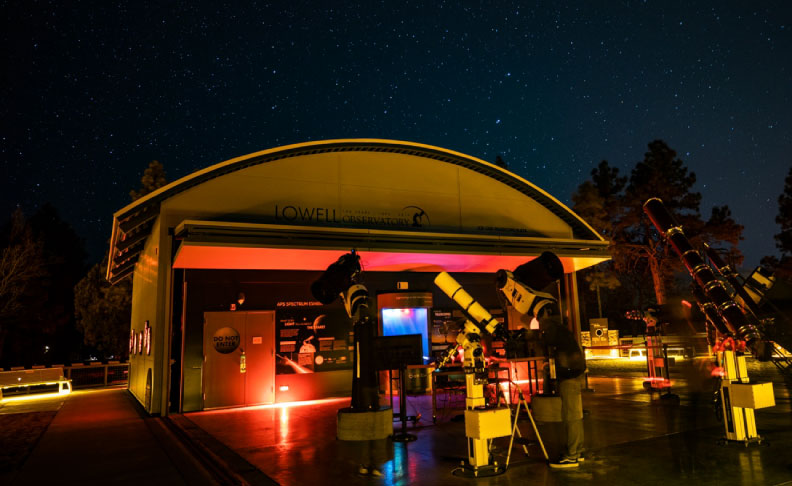
Meet the 6 Public Telescopes of the GODO
By Claire Gibson, Lowell Educator
Did you know that Lowell Observatory has more than eight telescopes dedicated to the use of the public? Six of these telescopes are state of the art new additions as part of the Giovale Open Deck Observatory (GODO). You might be wondering, why so many telescopes, and how are they all different? Let’s explore each one and their unique capabilities for viewing the wonders of the night sky!
TEC 140FL 5.5” Refractor
Although this is the smallest telescope at the GODO, the TEC packs a serious punch for bringing the night sky into crystal clear views, and is a favorite among staff here at Lowell. The telescope was built by the Telescope Engineering Company in Colorado for Lowell Observatory. The TEC telescope is a triplet, meaning there are three lenses. The center lens is unique in that it is made out of a crystal called calcium fluoride, or fluorite, which is grown in a lab to ensure purity of the crystal for use in optics. Triplet lenses like that on the TEC bring the primary colors red, yellow, and blue into a sharper focus, allowing viewers to see sharp and accurate coloring of stars in the night sky. Combined with a 3” eyepiece, the TEC transforms into the perfect wide field instrument, allowing us to see uninterrupted views of large star clusters or the Andromeda Galaxy.
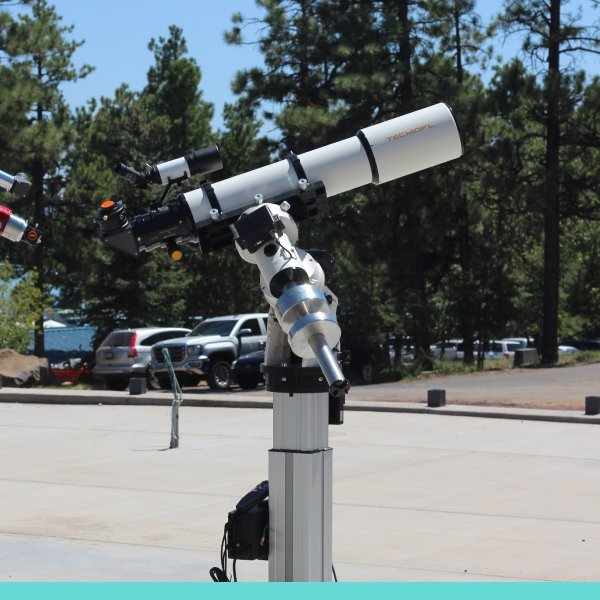
Moonraker 8” Refractor
The striking Victorian design and flashy red color of the Moonraker telescope certainly stands out at the GODO. The telescope, which was custom made for Lowell Observatory, was made by Mike Turner of the Moonraker telescope company in the UK. The design of the telescope includes several finder scopes, evoking a modern image of the historic 24” Clark Refractor here at Lowell. But that’s not where similarities end: the Moonraker has a doublet achromatic lens, similar to the Clark telescope. An achromatic lens is one that does not separate into its constituent colors, thus reducing the effects of chromatic aberration. The Moonraker is well suited to look at planets and clusters of stars with great clarity!
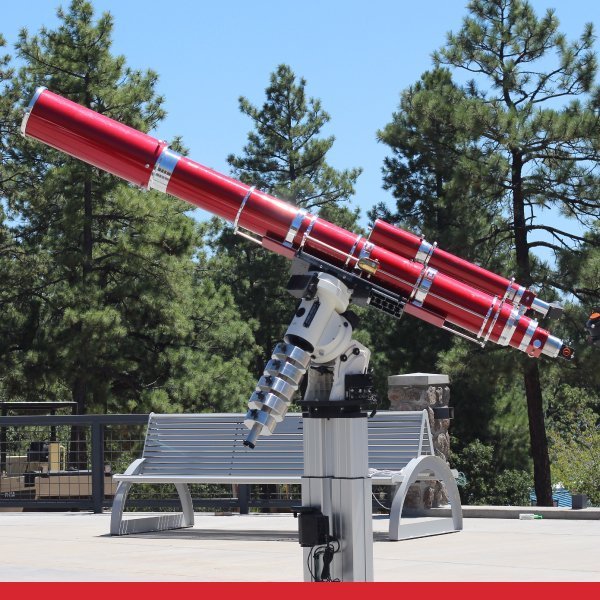
Starstructure 32” Dobsonian
The Starstructure 32” is the largest telescope on Mars Hill, and is used solely for the public! This telescope is a reflecting telescope, where it uses two mirrors instead of glass lenses to move and focus light, and it’s a Dobsonian, which is an azimuth mounted Newtonian reflecting telescope. This specific mount allows for greater access to viewing through large telescopes. Both mirrors are fused quartz, which has major advantages for clarity of the night sky. Quartz mirrors have a lower thermal expansion, meaning that the mirror is less affected by heat expansion of cold contraction. Secondly, quartz mirrors cool off much more quickly after the sun sets, which means the mirrors don’t radiate as much of their heat creating heat waves, which can distort viewing. This telescope does phenomenally with deep space objects such as galaxies and nebulas that are hard to reach in smaller telescopes.
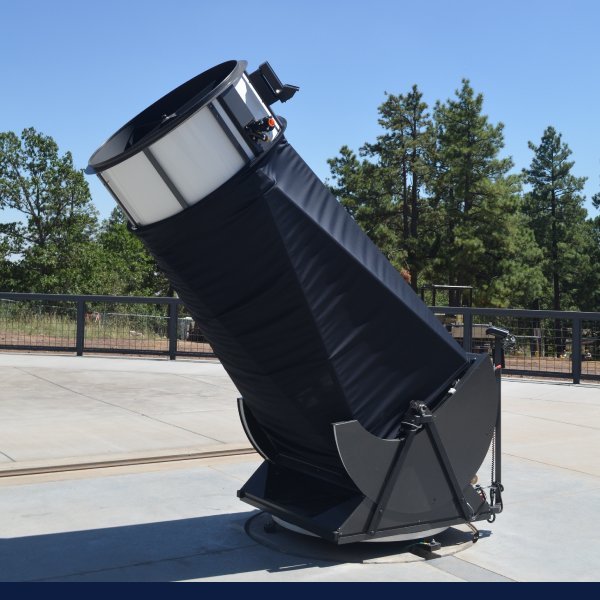
Meade 16” Schmidt-Cassegrain
This telescope combines both lenses and mirrors (two of each, in fact!) to create a focal length of over 13ft, although the telescope itself is much smaller. The hybrid nature of this telescope allows a narrow-field view which is suited to smaller objects or for detailed looks on the surface of the Moon. When looking straight through the opening of the telescope, you can see the blue tinted 16” front glass plate. This is the Schmidt Corrector Plate, which adds aberration corrections to the Cassegrain optical design, referring to the idea that this telescope uses both lenses and mirrors. Overall, the Meade telescope does well with just about anything in the night sky, from bright planets to the Ring Nebula.

Planewave 17” and 14” CDK
These two telescopes tower in the back of the GODO, and move silently that they have earned the nickname “ninja telescopes”. Both of these telescopes function the same way, but each one has a different suite of cameras and instruments attached to them in order to allow a different look at the night sky. Have you ever wondered how we can get such spectacular and colorful views of the night sky? The answer is cameras! The Planewave telescopes serve as our research grade exploratory telescopes for the night sky. The cool thing is that they are used only for the public! CDK refers to “Corrected Dall-Kirkham” design, which uses an elliptical primary mirror with a spherical secondary, on top of a double lens correcting group before the focus similar to a Schmidt-Cassegrain telescope.
The 14” inch Planewave is host to the versatile Mallincam camera, which allows for beautiful and detailed views of deep sky objects in about 20 seconds! This allows us to look at many different objects in the night sky without having to wait several hours to collect light for just one photograph. The 17” also is to our very own spectrograph, which can be used to demonstrate how spectroscopy is used in astronomical research in live-time, as well as a long exposure camera for taking detailed pictures of faint objects.
Thank you to Kevin Conley and Jim Cole for providing information about the GODO telescopes.
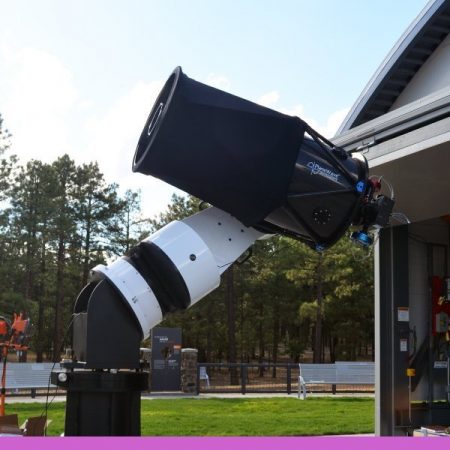
More Posts by Claire
- Jupiter at Opposition
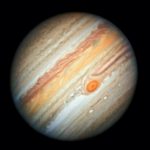 By Claire Gibson, Lowell Educator When looking up to the night sky, you may have noticed a large bright shining object in the Eastern sky. The object isn’t a UFO, it’s Jupiter! On September 26, 2022, Jupiter will be entering opposition. For the next few weeks, the giant planet will be at its biggest and… Read more: Jupiter at Opposition
By Claire Gibson, Lowell Educator When looking up to the night sky, you may have noticed a large bright shining object in the Eastern sky. The object isn’t a UFO, it’s Jupiter! On September 26, 2022, Jupiter will be entering opposition. For the next few weeks, the giant planet will be at its biggest and… Read more: Jupiter at Opposition - Lowell Observatory by Dennis Ashton
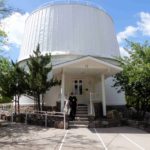 The following is an article written by Dennis Ashton, a Fellow of the Royal Astronomical Society and a presenter for Wonderdome, a mobile planetarium company that brings immersive planetarium shows to schools and other locations around the UK. It was originally posted on the Wonderdome website and reposted here with permission from the author. To… Read more: Lowell Observatory by Dennis Ashton
The following is an article written by Dennis Ashton, a Fellow of the Royal Astronomical Society and a presenter for Wonderdome, a mobile planetarium company that brings immersive planetarium shows to schools and other locations around the UK. It was originally posted on the Wonderdome website and reposted here with permission from the author. To… Read more: Lowell Observatory by Dennis Ashton - What is the Saturn Opposition?
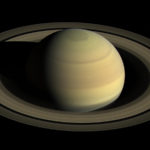 By Claire Gibson, Lowell Educator In the next few weeks of August, gaze to the southeastern night sky so see Saturn at its biggest and brightest for the year! On August 14, Saturn will enter opposition. In general, a planetary opposition occurs when Earth is directly in between the Sun and another planet, thus… Read more: What is the Saturn Opposition?
By Claire Gibson, Lowell Educator In the next few weeks of August, gaze to the southeastern night sky so see Saturn at its biggest and brightest for the year! On August 14, Saturn will enter opposition. In general, a planetary opposition occurs when Earth is directly in between the Sun and another planet, thus… Read more: What is the Saturn Opposition? - 8 Things to Do at Lowell Observatory During the Daytime
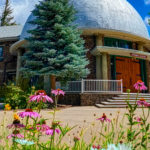 By Claire Gibson, Lowell Educator Now that the weather is warm and the daytime is long, check out this list of fun activities to do at Lowell Observatory during the day. Whether you love astronomy or are looking for some family-friendly activities, or love nature and want to explore the flora and fauna of Northern… Read more: 8 Things to Do at Lowell Observatory During the Daytime
By Claire Gibson, Lowell Educator Now that the weather is warm and the daytime is long, check out this list of fun activities to do at Lowell Observatory during the day. Whether you love astronomy or are looking for some family-friendly activities, or love nature and want to explore the flora and fauna of Northern… Read more: 8 Things to Do at Lowell Observatory During the Daytime - Meet the 6 Public Telescopes of the GODO
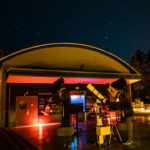 By Claire Gibson, Lowell Educator Did you know that Lowell Observatory has more than eight telescopes dedicated to the use of the public? Six of these telescopes are state of the art new additions as part of the Giovale Open Deck Observatory (GODO). You might be wondering, why so many telescopes, and how are they… Read more: Meet the 6 Public Telescopes of the GODO
By Claire Gibson, Lowell Educator Did you know that Lowell Observatory has more than eight telescopes dedicated to the use of the public? Six of these telescopes are state of the art new additions as part of the Giovale Open Deck Observatory (GODO). You might be wondering, why so many telescopes, and how are they… Read more: Meet the 6 Public Telescopes of the GODO